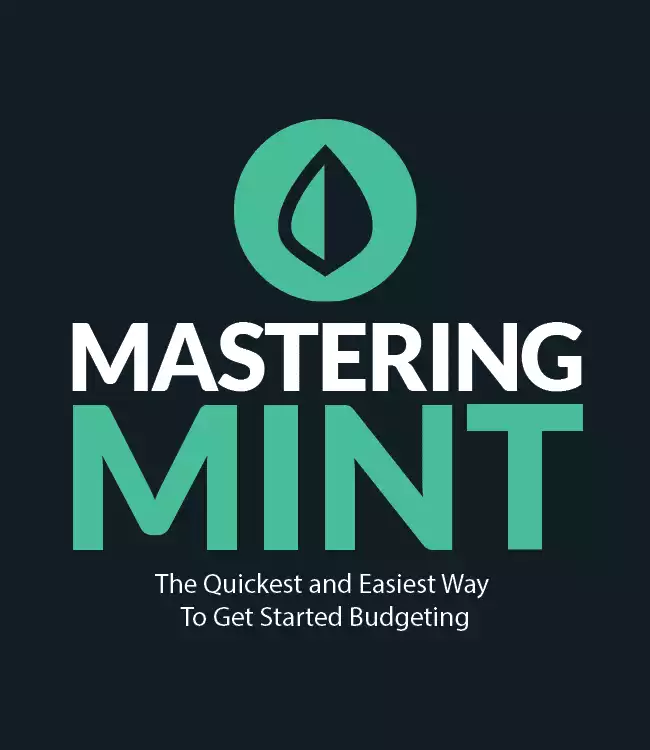- Identify Your Business Model
- Determine Your Business Model’s Value
- Analyze the Market
- Editor's Note
- Draft a Budget for Your One-Page Business Plan
- Editor's Note
- Figure Out the Financials
- Create a Business Plan Executive Summary
Have you heard of an elevator pitch? It’s a simple concept. If you have a good business idea, you should be able to pitch it to potential investors during a quick elevator trip (think 20-30 seconds). Not too many details, not too much fluff. Just a concise, easy-to-understand summary. Drafting a one-page business plan follows the same logic. This post will show you how.
Anyone can have a good idea. What separates successful business owners is the planning process. Keep it simple.
It doesn’t need to be an exhaustive, detailed plan (to start at least). You should be able to frame your idea into a single page.
That single page will be the roadmap to understanding if you have a bright idea or the opportunity to move on to the next bright idea.
We’ve outlined six steps below that provide everything you need to create a one-page business plan. Let’s get to work!
SWOT Your Idea
Before you get into the nitty-gritty of a business plan, run your idea through a SWOT analysis. You don’t need an MBA to figure out this business school staple. You simply frame your idea into four categories:
*Strengths: What are the advantages of your business model? What will make your idea stand out?
*Weaknesses: What could put your business at a disadvantage compared to the rest of the market? Where could you improve it?
*Opportunities: What are some elements of the current market you can use to your advantage? Are you reaching new audiences? Or providing a missing service or product?
*Threats: What could cause you trouble? Who are your potential competitors? How will they react?
A SWOT analysis is a great launching pad to inform the six key areas of your business plan.
The One-Page Business Plan Outline
Traditional business plans go in-depth on a variety of subjects many see as vital to long term success. Right now, your focus is on high-level analysis.
That doesn’t mean skimping on the research. It means boiling down that research into the essential points.
Get your ideas down to one or two sentences. Use bullet points. Be concise.
It’s not the end-all, be-all of your idea. This is your outline to grow your business. It’s a living document that will change as you adapt.
There are a wide variety of business models you can assume when you’re starting your own business. Are you turning your hobby into a small business or thinking of boundless future growth?
Are you based in a brick-and-mortar storefront or online business out of your garage?
Think of your business beyond the terms of a basic product or service. Is your idea lifestyle or growth focused? Consider if your business model is static or has the opportunity to scale.
Each will follow a different path but the business plan method is still the same. Boil your business model down to one sentence.

Slow down if you’re thinking it’s already time to assign a juicy equity price tag to potential investors. We’re not talking that type of value (yet). Use this section to identify what you’re offering to the market.
Are you innovating a new product? Or using your expertise to offer a new service? These are two of the most common 12 Standard Forms of Value people use to guide their business.
Providing a unique value is the driver of a successful business. This is known as the “value proposition”. What innovation, service, or feature will make your business or product attractive to customers?
Simply put: what can you offer that people would be willing to pay for?
Value shouldn’t be confined to a single silo. Many successful small businesses provide value in a variety of ways. There are core business and ancillary branches that diversify revenue.
Bakeries don’t only sell pastries over the counter, they make significant revenue supplying coffee shops and restaurants.
Those same coffee shops don’t just sling lattes. They can sell pastries, food, and even art to buoy their revenue and differentiate themselves to customers.
They set up super-fast wifi and provide workspaces to bring in a steady stream of laptop-bound customers. Think outside the box when considering how your idea can produce value.
Do a preliminary market analysis to understand if and how your idea will sell. First, identify your target market. Who are you going to sell to? Think about key categories like the age, income, and occupations of your intended customers. How can you reach them?
Next, figure out your competition. Where are people going now? How will you differentiate yourself?
This section requires you to do some homework but there’s no need to reinvent the wheel.
Tip: Google industry studies and comparable businesses (aka your competition).
Don’t hesitate to reach out to people currently in the industry to talk to them about what works. You’ll be surprised by what’s out there and who is willing to help.
Find the information that can validate or kill your assumptions.
Develop a marketing plan to test your idea. Start small. It’s a one-page business plan after all. Put some advertisements or ideas out on social media and gauge the response.
Don’t rush to open an expensive storefront location. Start with a pop-up or an online store that will provide you insight on what sells and how to price it. This is the kind of analysis you’ll need to understand your market position.
This is the one section of your business plan you can’t afford to short change. A proper budget is the backbone of any financial endeavor. You need to figure out what your business model is going to cost to 1) get off the ground and 2) operate over the long term.
Organize your budget around three types of costs: capital, fixed and variable.
Capital Costs: These are fixed, one-time expenses that you’ll need to start operating. A brick oven is a capital cost for starting a pizza joint. A camera is a capital cost for your wedding photography business.
Fixed Costs: These costs will stay the same no matter how much you sell. A lease, insurance, and loan payments are all fixed costs. Paying for a website? That’s a fixed cost.
Variable costs: These costs change over time. Materials and labor are two basic variable costs that fluctuate with your output.
Be sure to research local and state regulatory requirements. Do you need a license or permit to operate? These could be capital, fixed or variable costs depending on the type of work.
Remember to start small (One-page!).
Opening up your own store, for instance, can have high upfront capital costs that could sink your business before it has a chance to succeed. Position your business to grow into success.
Don’t forget about your own personal costs too. Think about what will you need to live off of in addition to what’s needed to sustain the business.
Starting a side hustle to supplement your 9-to-5 will have a different impact on your lifestyle (and wallet) than committing to a full-time operation.

Use your market analysis and budget to figure out the financials behind your business plan. Your budget is what your business will cost. Now, it’s time to figure out how you’re going to pay for it.
There are lots of different options depending on the scale of your idea. Venture capital or bank loans are needed for capital intensive endeavors.
Crowdsourcing or friends and family could potentially support smaller projects. This could also be an occasion to leverage your own personal Opportunity Fund.
Bad ideas don't sink businesses. It's a lack of cash.
Tweet ThisThe key is to ensure you have enough financial support for your business to turn a profit. This is known as “running room” or a “cash runway”.
How long will your seed money last before you can start turning a profit? If you have $50,000 and are spending $10,000 a month, then you have a five-month runway.
A common reason new businesses fail is poor cash-flow management. Take advantage of software like QuickBooks to organize your budget and expenditures in between launch and profitability.
As you start building your business, this will likely be the most valuable tool in your arsenal. Not only will it answer questions like "How much did I profit last month?" but it will help track where you spent your money.
Being realistic and honest with your financials is a pillar of success.
It might feel daunting to try and map out an entire business’s financial model. Don’t stress. Just like the market analysis, there’s no need to reinvent the wheel. Google similar business models to see what’s out there.
The internet is a treasure trove. There are blogs and podcasts dedicated to the financials of everything from coffee shops to, well, blogs that earn over $400k a year.
Odds are you can find some research to inform your business model.
Executive Summary is just a fancy way of saying “elevator pitch”. Use the information you’ve put together to create a concise, focused summary you can easily explain to family and friends (your beta version of investors).
This may be the last step, but go ahead and stick it front and center at the top of your page.
This is our guide to budgeting simply and effectively. We walk you through exactly how to use Mint, what your budget should be, and how to monitor your spending automatically.
Start Today
One page may seem brief but even the most complicated businesses can boil themselves down to a single sheet of paper. There is a time and place for a detailed business plan down the road.
It’s important to start small and stay focused when you have a new idea. Use these steps to plan your own business today!




